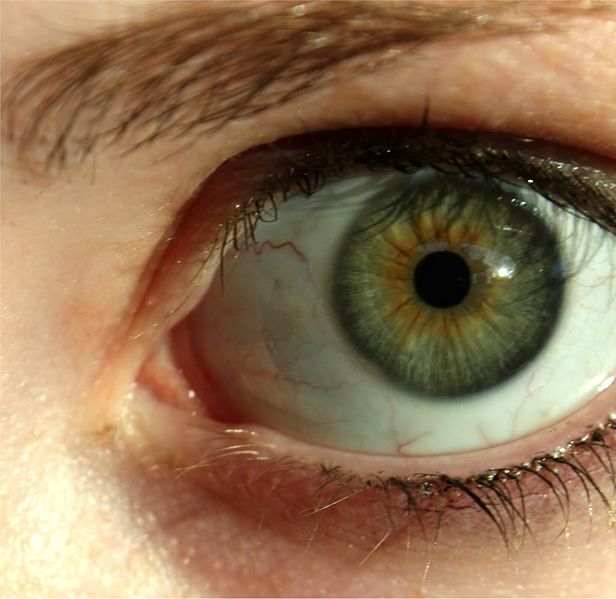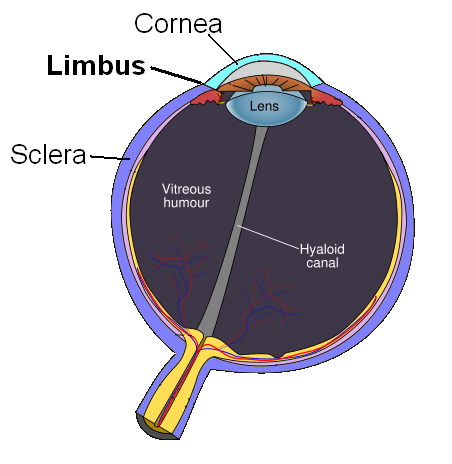Why Do Some People Have Dark Rings Around the Iris of Their Eye?
I enjoy writing about fashion as well as the natural beauty of nature.
Limbal Rings
Dark circles or rings around the iris are known as limbal rings. They appear as a dark border separating the iris from the whites of the eye. Considered to be a desirable fashion, they highlight the iris colour and make the whites look whiter, adding drama to the eye's appearance.
A 2011 article in Evolutionary Psychology noted the results of a study that revealed that people are generally more attracted to those with defined limbal rings than those without. This finding proved to be true for both men and women.
So, what causes these magical rings, and how do you get them if you haven't naturally been blessed with them? Are they just another aesthetic feature to be insecure about?
Interesting Facts About Limbal Rings
- Genetically, eye colour is quite complex and involves a mixture of colours that sometimes appear to change hues, depending on the reflection of light. The width and prominence of limbal rings are also affected by iris pigmentation, age, and individual eye structure.
- Most of us are born with limbal rings, but they tend to thin out with age, medical conditions, and the general vicissitudes of living. The younger you are, the more prominent your limbal rings are likely to be.
- Of course, genetics also plays a part. Some people naturally have more defined rings that last well into adulthood, while in other people, the rings are barely perceptible. In general, limbal rings begin to decline in our late 20s, disappearing altogether in old age. Having these rings is, therefore, a sign of youth.
- They tend to be more prominent in lighter-coloured eyes than very dark eyes, although even dark brown eyes may have limbal rings that, while not so noticeable, still subtly enhance attractiveness. In rare cases, some darker-eyed people may have blue limbal rings.
- According to researchers, our attraction to limbal rings is completely subconscious. In evolutionary terms, we are wired to find youth and vitality appealing; it is important for reproductive success. So anyone with physical features that denote youthfulness is usually considered to be more attractive.
For those of us who don't have natural limbal rings, there are dark circle contact lenses available. "Circle lenses" can be used to widen the appearance of the eye and create a prominent border between the iris and the whites. These lenses are used purely to enhance one's beauty or to make a fashion statement and do not correct vision.
Circle lenses have been popular in Asia, particularly in Japan, for many years. They create different effects and are often used to make the eyes bigger and add a doll-like appearance to the face. Depending on the size and colour of the lenses, the rings can be as dramatic or as subtle as you wish.
You can also get a permanent limbal ring silicone implantation, but you should research the safety and legitimacy of the procedure before making a decision.
Other Ways to Define Your Eyes
If you don't have rings around your eyes and you don't want to wear contact lenses, there are other effective ways to add drama to your eyes and enhance their color.
- The ancient Egyptians knew that defining the eye with dark eyeliner was one way to make them pop. Kohl pencil, coloured eyeliner, and the right eyeshadows all add striking effects and can do wonders in framing the eye and creating the illusion of contrast.
- There are also drops you can use that are designed to enhance the colour of your iris and brighten the whites of your eye.
Conclusion
In this shallow, beauty-worshipping world, most of us do what we can to be as attractive as possible, and often we worry if we're perceived to be lacking in some way. If your limbal rings aren't up to scratch, don't beat yourself up over it. There are plenty of other things that make you attractive. Your personality, for example, can override something as trivial as the lack of rings around your iris.
© 2013 Ella Quirk



Commentaires
Enregistrer un commentaire